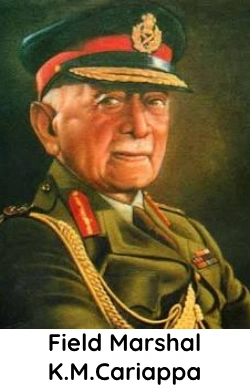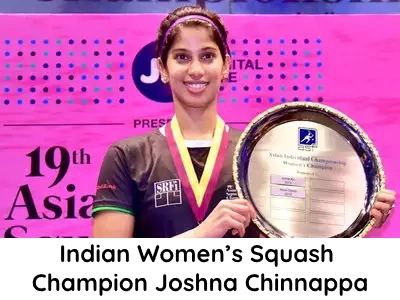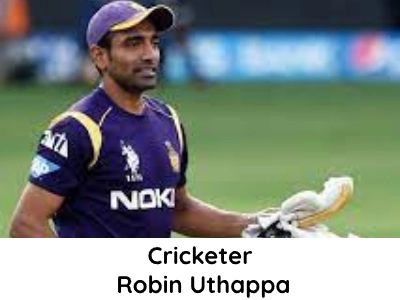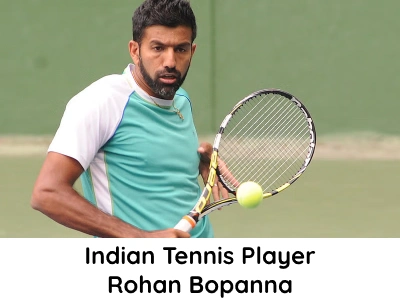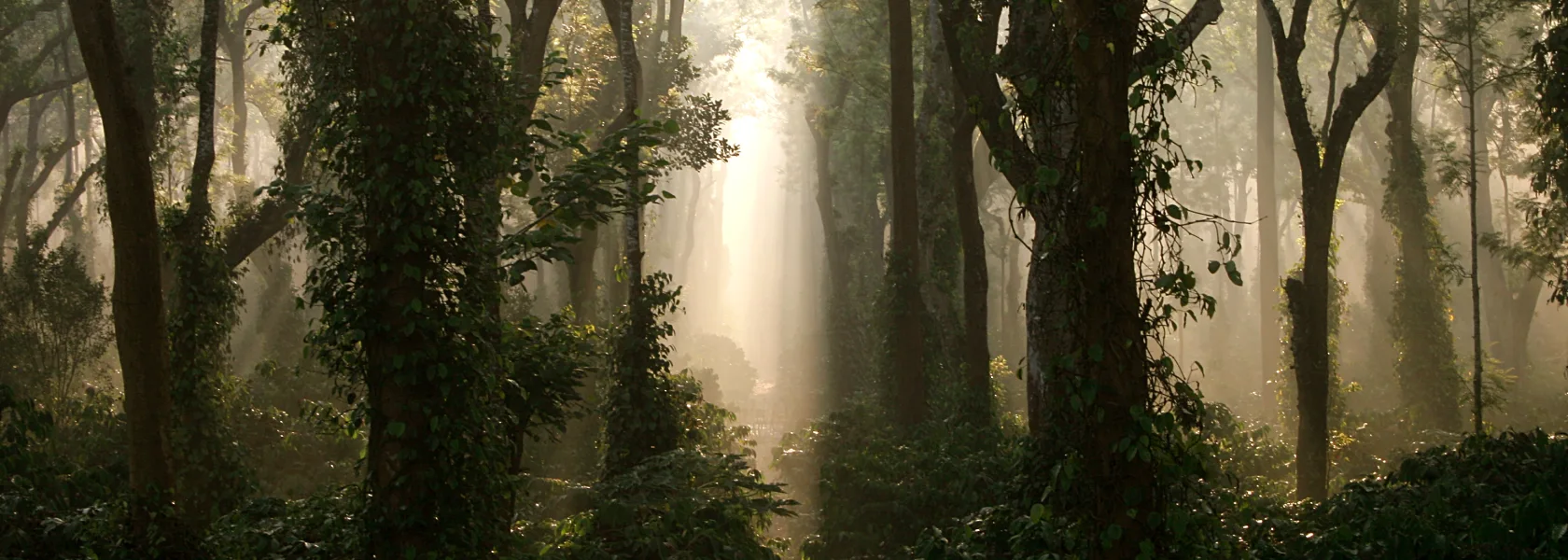
COORG
By Boverianda Nanjamma Chinnappa
For those of you who have never heard of it, Coorg is Kodagu, the smallest district in Karnataka. If you were to draw a rectangle around it, it is only about 60 miles by 40 miles. The British, who either could not pronounce our names correctly, or chose to distort them to make them their own, called Kodagu Coorg ; and its people, Coorgs rather than Kodavas as they call themselves.
Kodagu lies high up on the Western Ghats, to the South-West of Bangalore. Its capital, Madikeri (Mercara to the British – see what I mean?) is 1525 meters feet above sea level and 252 kms from Bangalore. Not as the crow flies, lucky crow, but as the tortuous road winds, riddled with pot-holes and laden with road humps, with stretches that have jagged edges where the asphalt meets the red soil. It would seem that the lush dark forest that appears suddenly as you near the Kodagu border has clawed at the edges of the road, marking its claim over it.
Forest scents, sounds and sights greet you as you enter Kodagu. Wild fowls dart out of your way. You might see the odd snake slither across the road in a curved flash, or an elephant stare at you sullenly. This was elephant territory not so long ago as elephant memories go. Suddenly, the forests give way to acres of rich, deep green coffee plants kept in check by carefully trimmed hedges. The road winds interminably, climbing up the hills, offering you fleeting glimpses of terraced paddy fields nestling in tree-filled valleys, with clusters of white-washed red-tiled houses at their edge surrounded by colourful bougainvilleas, marigolds and roses.
Go to Kodagu if you like hills. You can hike up many of them. But remember, the monsoon that blesses this land lashes at it unremittingly for months. Go to Kodagu if you are a religious Hindu, or even if you aren’t, to see Talakaveri, the source of river Kaveri. A place of breath-taking beauty, suffused with light and peace, under huge open skies. Pilgrims come to this source, a tiny spring-fed pond at the foot of the Brahmagiri hill, to wash away their sins. As does the holy river Ganga, it is said, to wash away the sins that she carries from those who cleanse themselves in her waters! Kodagu is famed not only for its rugged and charming scenery but also for the coffee, cardamom, pepper and oranges that it grows. And for its people.
The Kodavas are a rather unique community, a martial race of handsome, brave and hospitable people. Their customs and ways are quite different from those their neighbours. Where did they come from, when and why? No one knows for sure. A definitive work on their origins is yet to be written.
How different are they? Besides their looks – tall, handsome men and beautiful women with sharp features, what strikes a stranger is the traditional attire that they wear at ceremonies and festivals. The men wear black robes tied at the waist by an elaborately woven red and gold silk sash, into which is tucked a small sword, the Peeche Kathi, encased in its ornamental silver scabbard with chain. The women tie their saris in a distinctive fashion, with the pleats at the back and the pallu taken under the left arm and over the right shoulder where it is fastened with a knot or brooch. Men wear white and gold turbans on their heads, while women wear long silk scarves that are tied back at the nape to frame their faces.
The Kodava festivals too are different, being linked to the seasons rather than to the Hindu pantheon of gods. Their three main festivals are Puthari, the harvest festival; Keil Poludu, the festival of weapons, when arms are worshipped at the end of the sowing season and the beginning of the hunting season; and Kaveri Sankramana, which celebrates the annual re-birth of Kaveri, the sacred mother goddess of the Kodavas. They have no use for Brahmins or vedic rites. Essentially ancestor worshippers, the Kodavas were gradually absorbed into the folds of Hinduism over the years. Widow re-marriage prescribed by custom, freedom to possess guns without the need for a licence and a strong joint family system, vestiges of which still survive, are some of their distinctive traits.
Women are held in high regard and they tend to be as educated as their men-folk. Kodagu has one of the highest literacy rate in Karnataka. Well-educated Kodavas travel far and wide within and outside India following job opportunities. Yet, they return to their ancestral joint-family house (ain-mane or balya-mane) for festivals and ceremonies, travelling long distances. Every member of the joint family has the right to live in that house and share the produce of the lands attached to the house – Jamma lands that cannot be sold. This includes married daughters who wish to come back to the family after separation or divorce.
Every Kodava family owns a gun and a large sword, the Odi Kathi. Guns and swords are part of many of their ceremonies. Shots are fired to announce the birth of a son, or to announce a death in the family. The Odi Kathi is used to chop down banana stumps at wedding ceremonies in a show of strength. A bride or a new mother uses the Peeche Kathi to cut open a coconut at the well while she performs the ceremony of Ganga Puja.
Truly, it is an astonishing land of the brave and the beautiful.

